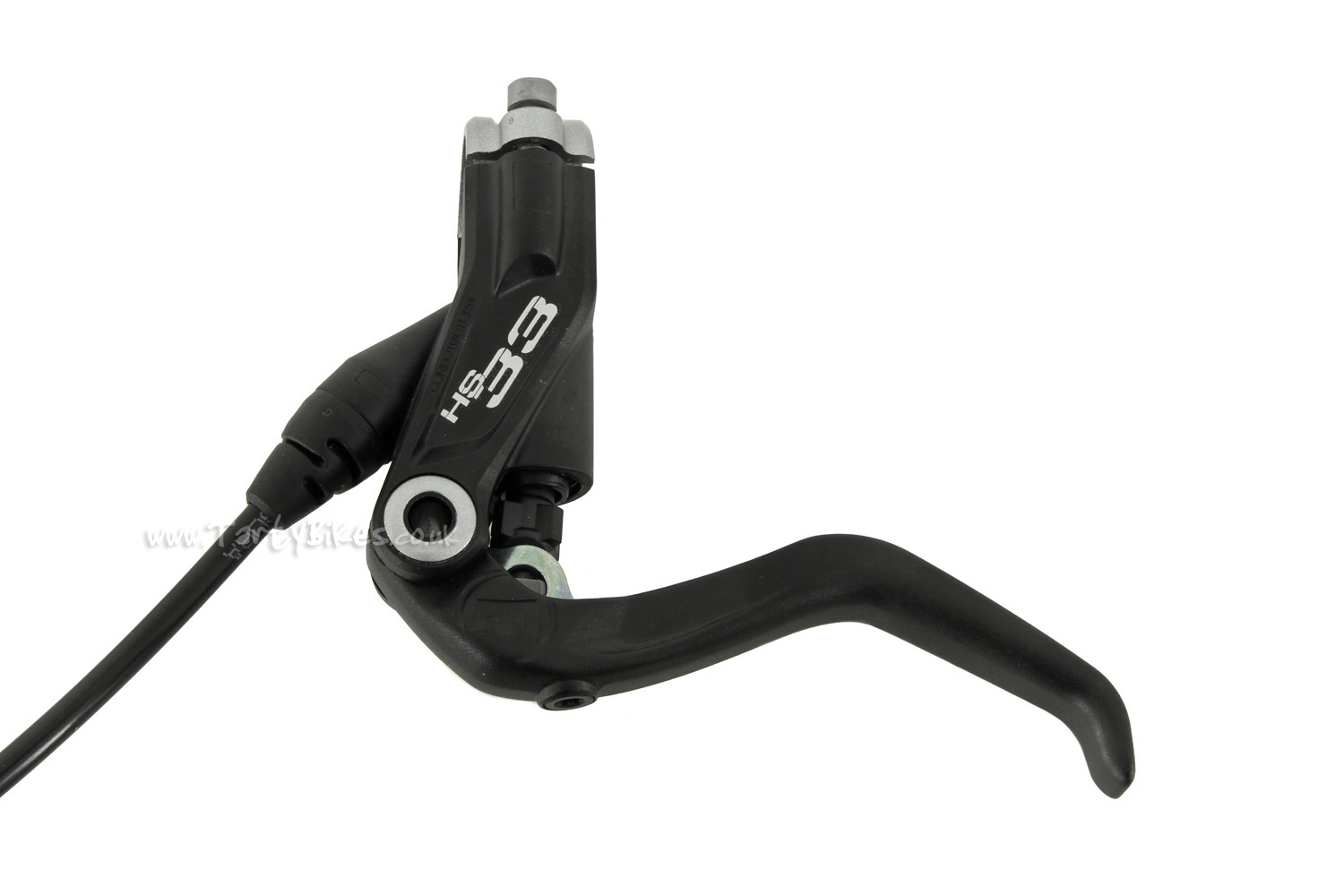
Image source: https://www.tartybikes.co.uk/images/custom/brakes/large_maguramt2twinbrake.jpg
One of the most important parts of your bike is the braking system. Without working brakes you would soon get into big trouble. Keeping your brakes in best shape is important. Fortunately, it is also relatively easy. Here is short bike brake overview.
Nowadays, you have three popular types of brake systems:
Rim Brakes
Disk Brakes
Hub, or Drum, Brakes (including the Coaster Brake)
A number of other types of brakes have been used and are still used but they are not as popular as the three types mentioned above. Note that some recumbent bikes have no brakes. Obviously, dont use such bikes in traffic. You may have noticed that track bikes are fixed-gear bicycles without any brakes. Actually, they dont even have freewheel. But they are only used at a velodrome.
The old foot brake is not as popular as it used to be. It is also known as coaster brake and belongs to the drum brake category. The first coaster brake was invented back in 1898. The foot brake has one important advantage, since it is internal it works fine in all weather conditions. Foot brakes work for years without any maintenance but if it breaks, repairing it is generally very complicated. Since coaster brakes can only be applied to rear wheels, skidding is always a possibility. Another problem is that the brake can overheat if used too much. A practical problem is that the pedals need to fairly level, otherwise it will be difficult to brake. But combination of a hand-operated front wheel brake and a foot brake is efficient.
Mountain recumbent bikes generally use disk brakes. The system is simple, a metal disc is attached to the wheel hub. When the brake is applied, the pads squeeze against the disc. There are two types of disk brakes, mechanical and hydraulic. Disk brakes have many advantages but they are generally more expensive and heavier than other brake types. They tend to perform well in all weather conditions. They dont overheat like rim and hub brakes when heavily used. Unlike rim brakes, they dont heat up the rim and cause the tire pressure to increase.
Rim brakes are cheap, light-weight and relatively easy to maintain. The principle is very simple, two brake pads, typically made of rubber, squeeze the rim and slow down the cycle. You have a number of different models of rim brakes. The most common are Cantilever, V and center-mount brakes. Their main disadvantage is that they work badly in wet conditions. In muddy conditions, clogging can be a problem. They can also overheat the rim, which increases the air pressure in the tire. This could in worse case cause the wheel to explode.
Obviously, your budget will determine which stationary bikes are worth having a closer look at. Often the difference between the bikes is small, despite that the price difference is large. Although exercise bikes are fairly simply devices, some of them can get noisy after a couple of months. It pays off reading reviews from buyers of the stationary bikes you are interested in. For most people, the number of workouts you get with the bike is not especially important. Nowadays, almost all exercise bikes include the very few basic workouts you really need. More important is that the bike is sturdy, a flimsy bike is very annoying to use. Almost all of the exercise bikes from the well-known manufacturers are of good quality. But if you are thinking of buying a cheap exercise bike from an unknown manufacturer, make sure to test it thoroughly before buying it.
Note that especially recumbent exercise bikes are large and heavy, so it can be both difficult and expensive to return them. Thus, the cheapest bike may not the best exercise bike to buy.